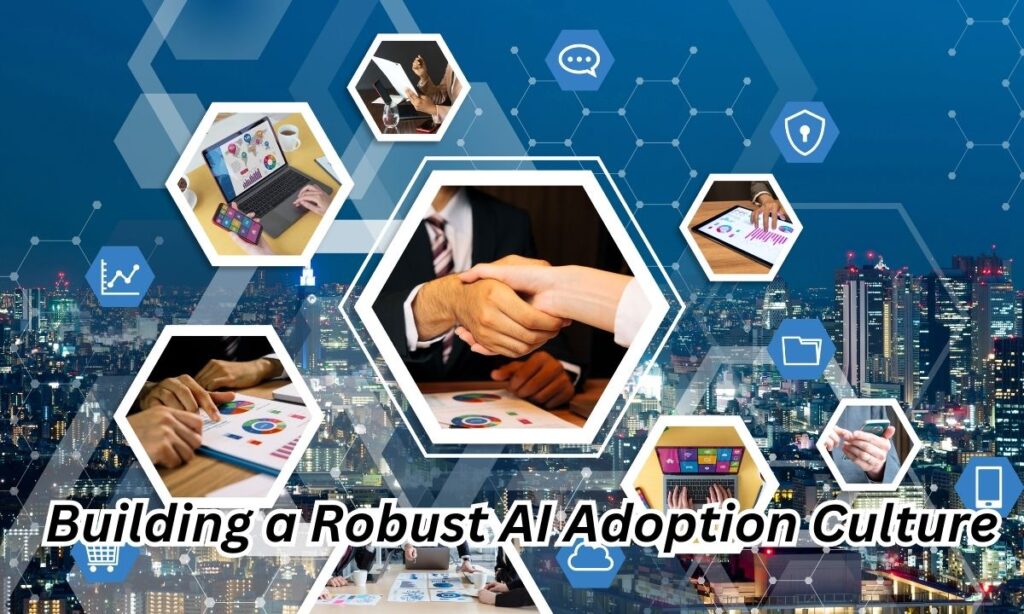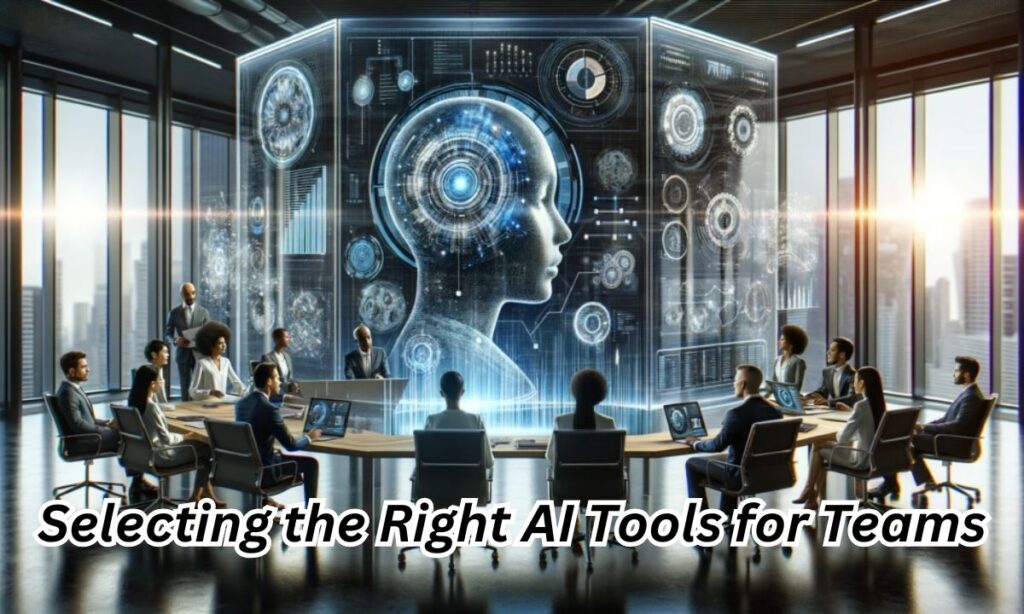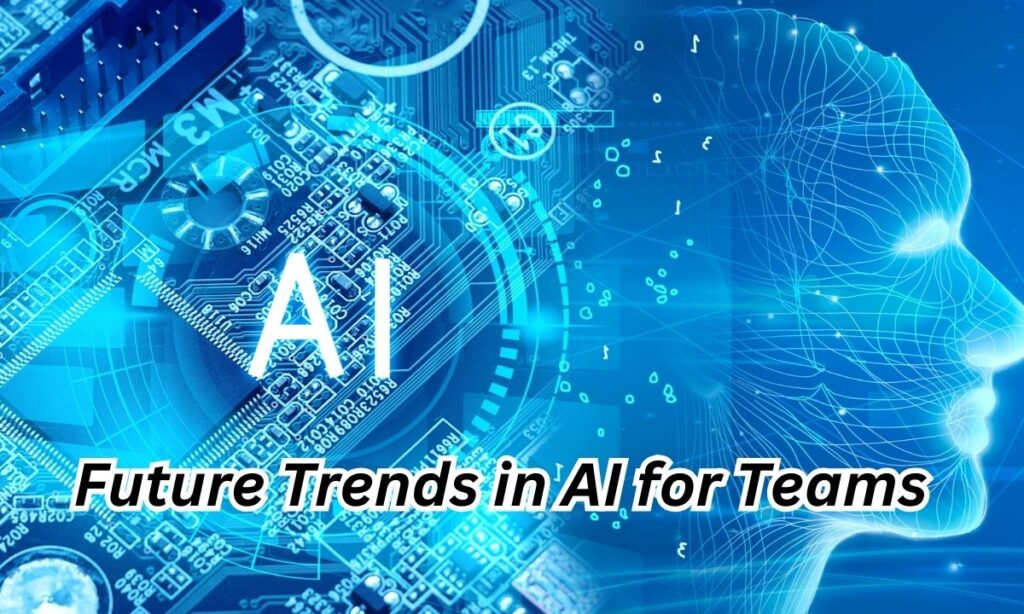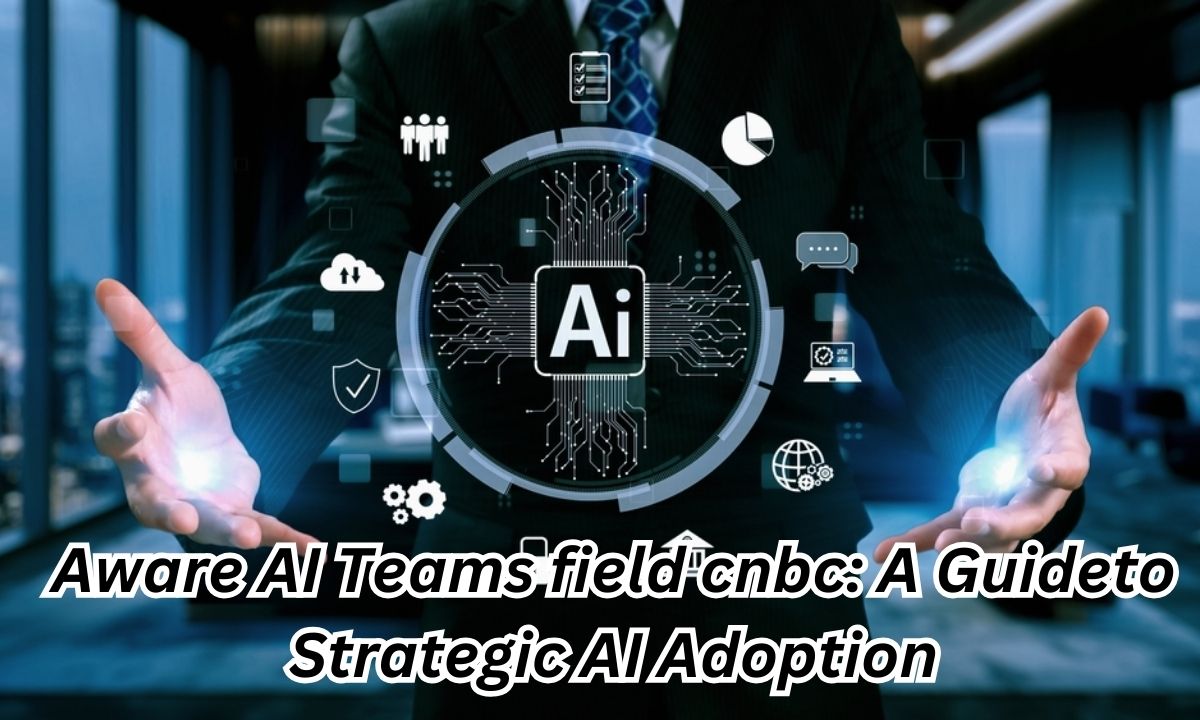Strategic AI adoption represents a transformative journey for modern organizations seeking competitive advantages in the digital landscape.
Businesses must navigate complex technological ecosystems by implementing intelligent, adaptive approaches that align artificial intelligence capabilities with organizational goals and human potential.
By embracing a holistic framework of AI integration, companies can unlock unprecedented operational efficiency, drive innovation, and create sustainable competitive advantages in an increasingly technology-driven marketplace.
The Importance of AI Awareness in Teams
Modern organizations recognize that technological competence extends beyond mere tool acquisition. AI awareness involves deep understanding of technological capabilities, limitations, and potential transformative impacts. Teams must develop a nuanced perspective that views AI as a collaborative partner rather than a replacement for human expertise.
Strategic AI integration requires fundamental shifts in organizational thinking. Traditional workflow models become obsolete when advanced technologies enter the ecosystem. Companies must cultivate an environment of continuous learning, adaptability, and technological curiosity.
Building a Robust AI Adoption Culture
Successful AI integration begins with cultural transformation. Leadership must demonstrate unwavering commitment to technological innovation while addressing potential workforce anxieties.

Transparent communication becomes paramount in alleviating fears and generating excitement about technological possibilities.
Organizations should create safe spaces for experimentation, encouraging teams to explore AI tools without fear of failure. Celebrating small victories and learning from initial challenges helps normalize technological adaptation.
Training Teams on AI Tools and Concepts
Comprehensive training programs form the backbone of effective AI adoption. These programs must accommodate diverse technological literacy levels, providing foundational knowledge and advanced insights simultaneously.
Practical workshops combining theoretical understanding with hands-on experience enable teams to develop genuine technological confidence.
Interactive sessions that simulate real-world scenarios help professionals understand AI’s practical applications across different operational contexts.
Data Strategy and AI Readiness
| Dimension | Key Components | Assessment Criteria | Readiness Level |
| Data Quality | Completeness, Accuracy, Consistency | Metadata integrity, Error rates | Foundation Level |
| Data Infrastructure | Storage, Processing Capabilities | Cloud/On-premise scalability | Technical Maturity |
| Data Governance | Privacy, Compliance, Security | Regulatory alignment, Access controls | Governance Maturity |
| AI Technical Capabilities | Machine Learning Models, Algorithms | Performance metrics, Predictive accuracy | Technological Preparedness |
| Organizational Readiness | Skills, Culture, Leadership Support | Training programs, Change management | Strategic Alignment |
| Data Collection Mechanisms | Sources, Collection Methods | Data diversity, Collection efficiency | Operational Readiness |
| Analytics Capabilities | Predictive, Prescriptive Analytics | Insight generation, Decision support | Analytical Maturity |
| Technology Integration | AI Tools, Platforms, Ecosystems | Interoperability, Seamless integration | Technical Ecosystem |
| Risk Management | Ethical AI, Bias Detection | Algorithmic fairness, Transparency | Compliance Readiness |
| Performance Monitoring | Continuous Improvement Metrics | KPI tracking, Optimization strategies | Evolutionary Potential |
Risk Management in AI Technologies
Risk management in AI technologies represents a critical strategic imperative for organizations navigating complex technological landscapes.
Proactive risk mitigation strategies must address multifaceted challenges including algorithmic bias, data privacy concerns, and potential unintended technological consequences.
By implementing comprehensive governance frameworks, businesses can harness artificial intelligence’s transformative potential while maintaining ethical standards and organizational resilience.
Selecting the Right AI Tools for Teams
Choosing appropriate AI tools requires careful consideration of organizational needs, technological compatibility, and scalability.

Not all AI solutions offer universal applicability, and teams must conduct thorough evaluations before implementation.
Cost-effectiveness, user-friendliness, and integration capabilities should guide tool selection processes. Organizations must prioritize solutions that align with existing technological infrastructures while offering flexibility for future advancements.
READ THIS BLOO: Yellz0 Only Fans: A Complete Guide to Her Content & Why She’s Trending
Integrating AI Seamlessly into Workflows
Smooth AI integration demands strategic planning and incremental implementation. Pilot programs allow organizations to test technological solutions in controlled environments, minimizing potential disruptions.
Continuous feedback mechanisms help refine AI implementation strategies. Regular assessments ensure that technological interventions genuinely enhance productivity and decision-making capabilities.
Overcoming Common AI Adoption Challenges
Technological transitions inevitably encounter resistance. Change management strategies must address psychological barriers, communicate clear benefits, and provide comprehensive support structures.
Technical challenges require dedicated support teams capable of troubleshooting complex implementation issues. Data security and compliance remain critical considerations throughout the integration process.
Monitoring and Measuring AI Impact
| Metric Category | Specific Metrics | Measurement Method | Impact Evaluation |
| Productivity | Task Completion Time | Comparative analysis pre/post AI implementation | Quantified efficiency gains |
| User Adoption | Tool Usage Frequency | Login records, feature engagement tracking | Indicates technology acceptance |
| Business Outcomes | Revenue Impact | Comparative financial performance | Measures direct economic benefits |
| Operational Efficiency | Process Automation Rate | Percentage of tasks automated | Demonstrates workflow optimization |
| Decision Quality | Accuracy Improvements | Predictive vs. Actual Outcomes | Validates AI decision support |
| Cost Savings | Resource Allocation | Reduced manual labor hours | Demonstrates financial optimization |
| Performance Metrics | Error Reduction | Comparative error rates | Highlights system reliability |
| Collaboration | Team Communication Efficiency | Response time, interaction quality | Measures communication enhancement |
| Innovation | New Solution Generation | Number of AI-assisted innovations | Tracks creative problem-solving |
| Skills Development | Employee AI Literacy | Training completion, skill assessments | Monitors technological adaptation |
Future Trends in AI for Teams
Artificial Intelligence is rapidly transforming team collaboration, introducing unprecedented opportunities for enhanced productivity and intelligent workflows.

Emerging AI technologies are revolutionizing how teams communicate, make decisions, and streamline complex processes across diverse organizational landscapes.
As machine learning and predictive analytics continue to advance, businesses can expect more personalized, adaptive, and intuitive AI-driven collaboration tools that empower teams to achieve extraordinary results with unprecedented efficiency.
Frequently Asked Questions
How quickly can teams adapt to AI technologies?
Adaptation timelines vary based on organizational culture, technological literacy, and training quality. Typically, comprehensive programs can facilitate meaningful integration within 3-6 months.
What are the primary risks of AI adoption?
Primary risks include data privacy concerns, potential algorithmic biases, and workforce displacement anxieties. Proactive management and transparent communication mitigate these challenges.
How expensive is AI implementation?
Implementation costs vary widely depending on organizational size, technological complexity, and selected tools. Scalable solutions exist for businesses of all scales.
Can small organizations benefit from AI adoption?
Absolutely. Many AI tools offer affordable, modular solutions suitable for smaller enterprises seeking technological advantages.
How often should AI tools be reassessed?
Regular quarterly reviews help ensure continued alignment with organizational goals and technological advancements.
Conclusion
Strategic AI adoption represents a transformative journey requiring commitment, adaptability, and continuous learning. Organizations that approach technological integration holistically will unlock unprecedented competitive advantages.
The Aware AI Teams Field Cnbc framework offers a comprehensive roadmap for navigating complex technological landscapes, empowering teams to harness artificial intelligence’s full potential responsibly and effectively.

David is a seasoned SEO expert with a passion for content writing, keyword research, and web development. He combines technical expertise with creative strategies to deliver exceptional digital solutions.















